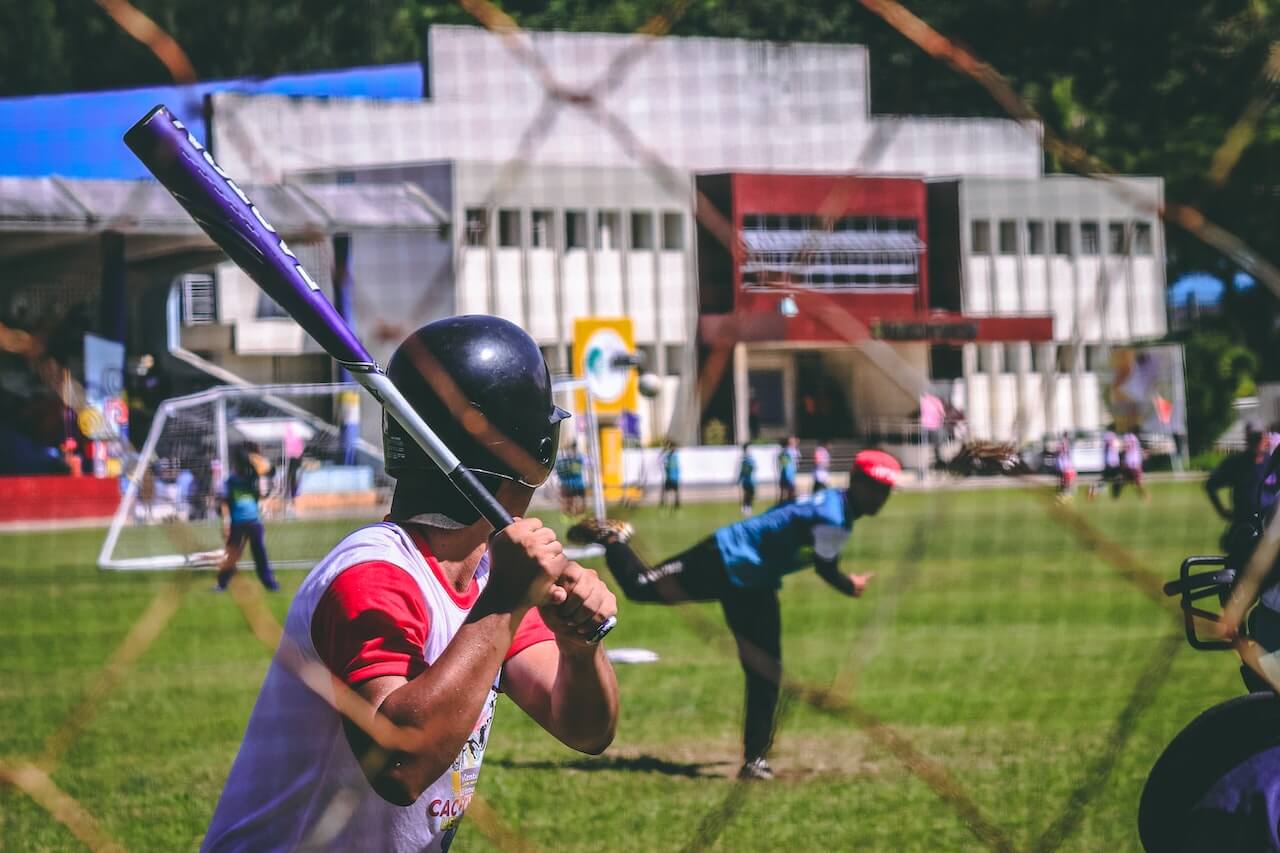College baseball is a popular sport that has been enjoyed by many for years. One of the most common questions asked by fans is how long are college baseball games? The answer to this question is not as straightforward as one might think, as there are several factors that can affect the length of a game.
The length of college baseball games can vary depending on a number of factors. One of the biggest factors is the level of play. Division I games tend to be longer than Division II or III games due to the higher level of competition. In addition, the number of innings played can also affect the length of a game. Most college baseball games consist of nine innings, but some games may go into extra innings, which can add significant time to the game.
Another factor that can affect the length of a college baseball game is the style of play. Some teams may focus more on pitching and defense, which can result in shorter games, while other teams may have a more aggressive offensive strategy, resulting in longer games. Additionally, weather conditions can also play a role in the length of a game, as rain delays or extreme heat can cause delays or even cancellations.
Overview of College Baseball Games
College baseball games are a popular pastime for many sports enthusiasts. The games are typically played in the spring and early summer, and they can last anywhere from a couple of hours to several hours, depending on various factors.
Length of College Baseball Games
College baseball games are scheduled for nine innings, but the actual length of the game can vary depending on several factors. The average length of a college baseball game is around three hours, but some games can last much longer.
One of the biggest factors that can affect the length of the game is the number of runs scored. If both teams are scoring a lot of runs, the game can go on for a long time. Additionally, if the game goes into extra innings, the length of the game can be significantly extended.
Another factor that can affect the length of the game is the pitching. If the pitchers are throwing a lot of balls, the game can slow down considerably. Additionally, if there are a lot of pitching changes throughout the game, this can also add to the length of the game.
Factors Affecting the Length of College Baseball Games
There are several other factors that can affect the length of college baseball games. These include:
- The number of batters in each inning
- The number of walks and hit batters
- The number of foul balls
- The number of mound visits
- The number of video reviews
Overall, there are many factors that can affect the length of college baseball games. While some games may be shorter than others, it’s important to remember that the length of the game is not always an indication of its quality. Regardless of how long the game lasts, college baseball games can be a fun and exciting way to spend an afternoon or evening.
In-Depth Analysis of College Baseball Games
College baseball games are a popular pastime for many sports enthusiasts. Fans often wonder how long these games last and what factors affect their duration. In this section, we will take an in-depth look at college baseball games and break down the various factors that contribute to their length.
Breaking Down the Game
College baseball games are typically nine innings long, with each team getting a chance to bat and play defense in each inning. The team with the most runs at the end of the game wins. However, the length of the game can vary depending on several factors.
How Long Does Each Inning Last?
The length of each inning can vary, but on average, each inning lasts around 20 minutes. However, if there are a lot of runs scored, or if there are several pitching changes, the inning can last longer. Additionally, if the game goes into extra innings, each inning will continue until one team scores more runs than the other.
How Long Does Each Pitch Take?
Each pitch takes an average of 20 seconds to complete. However, if the pitcher takes longer to throw the ball, or if there are several foul balls, the pitch can take longer. Additionally, if the pitcher needs to confer with the catcher or infielders, this can add time to the pitch.
How Long Do Games Typically Last?
On average, college baseball games last around three hours. However, this can vary depending on several factors, including the number of runs scored, the number of pitching changes, and the number of innings played. Additionally, if the game goes into extra innings, the length of the game will be extended.
Overall, the length of college baseball games can vary depending on several factors. Fans can expect the average game to last around three hours, but this can be longer or shorter depending on the circumstances of the game.
Strategies for Shortening College Baseball Games
Pitch Clocks
One of the most effective ways to shorten college baseball games is through the use of pitch clocks. A pitch clock is a timer that counts down the seconds a pitcher has to throw the ball. If the pitcher fails to throw the ball before the timer runs out, a ball is called. A pitch clock can help speed up the game by eliminating the time wasted between pitches.
The NCAA implemented a 20-second pitch clock in 2020 for Division I baseball games. This has led to a decrease in the average game time by several minutes. Pitch clocks have also been used in Minor League Baseball and the Arizona Fall League with success.
Limiting Visits to the Mound
Another way to shorten college baseball games is by limiting the number of visits to the mound. In college baseball, coaches and players are allowed a certain number of visits to the mound per game. These visits can be used to discuss strategy or give the pitcher a breather.
By reducing the number of visits to the mound, the game can move along more quickly. The NCAA has implemented a rule that limits the number of mound visits to six per game. If a team exceeds this limit, the pitcher must be removed from the game.
Reducing Time Between Innings
The time between innings can also contribute to the length of a college baseball game. In between innings, players often take their time getting on and off the field, and the grounds crew may need to do some maintenance work on the field.
To reduce the time between innings, the NCAA has implemented a rule that limits the time between innings to two minutes and 25 seconds. This gives players and grounds crew enough time to do what they need to do, but also keeps the game moving along.
Another way to reduce the time between innings is by having the next pitcher warm up in the bullpen during the previous half-inning. This can help shorten the time needed for a pitching change and keep the game moving at a steady pace.
Conclusion
After conducting research and analyzing data regarding the length of college baseball games, it is clear that the duration of a game can vary depending on several factors. These factors include the level of play, the style of play, and the weather conditions.
On average, a college baseball game can last anywhere from two to three hours. However, there are instances where games can last longer than three hours, especially if the game goes into extra innings. Additionally, games played at a higher level of competition, such as Division I, tend to last longer than games played at lower levels.
It is important to note that the length of a college baseball game can also be affected by the style of play. Teams that rely heavily on pitching and defense tend to have shorter games, while teams that focus on offense and hitting tend to have longer games.
Finally, weather conditions can also play a role in the length of a college baseball game. Games played in extreme temperatures or weather conditions, such as rain or snow, may be delayed or postponed, which can impact the overall length of the game.







